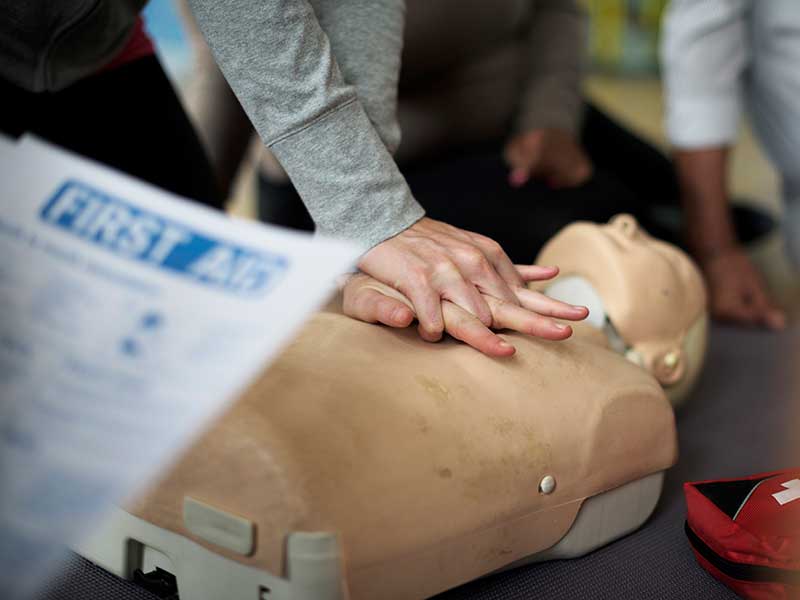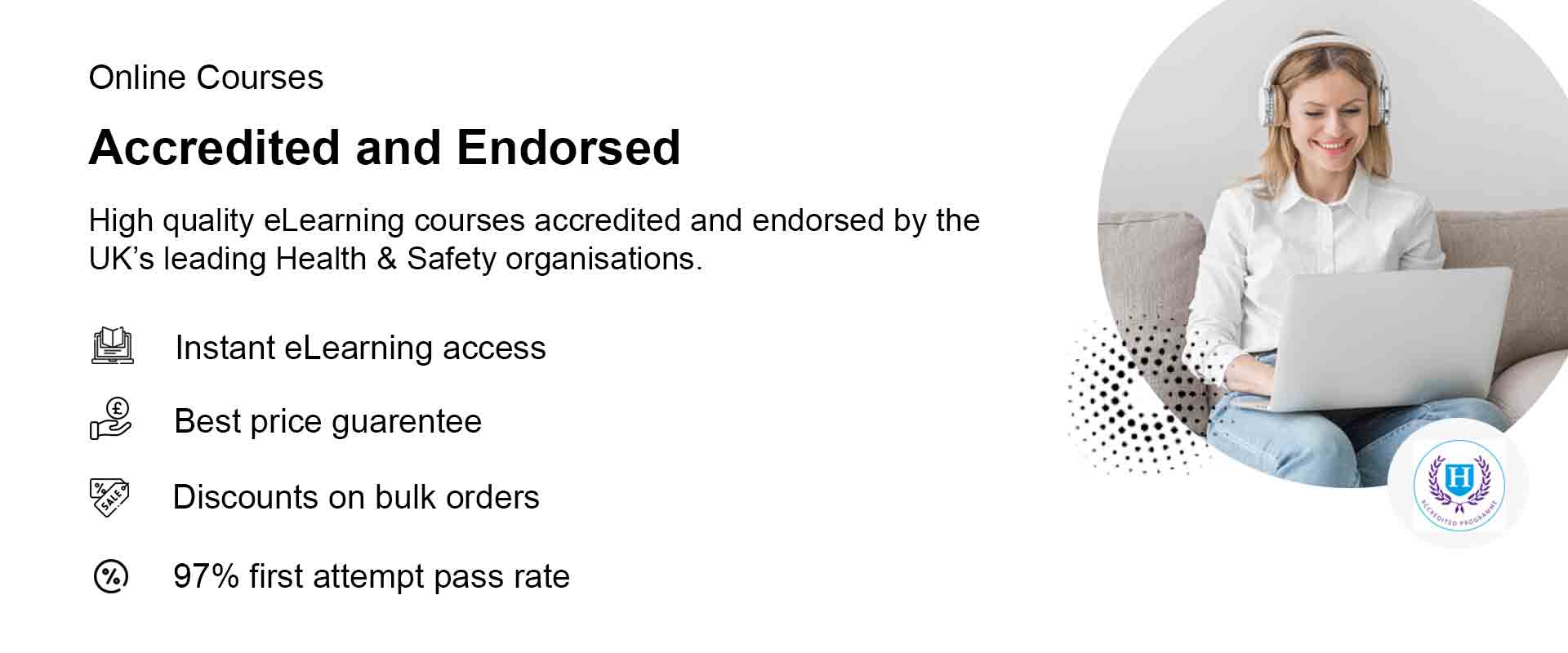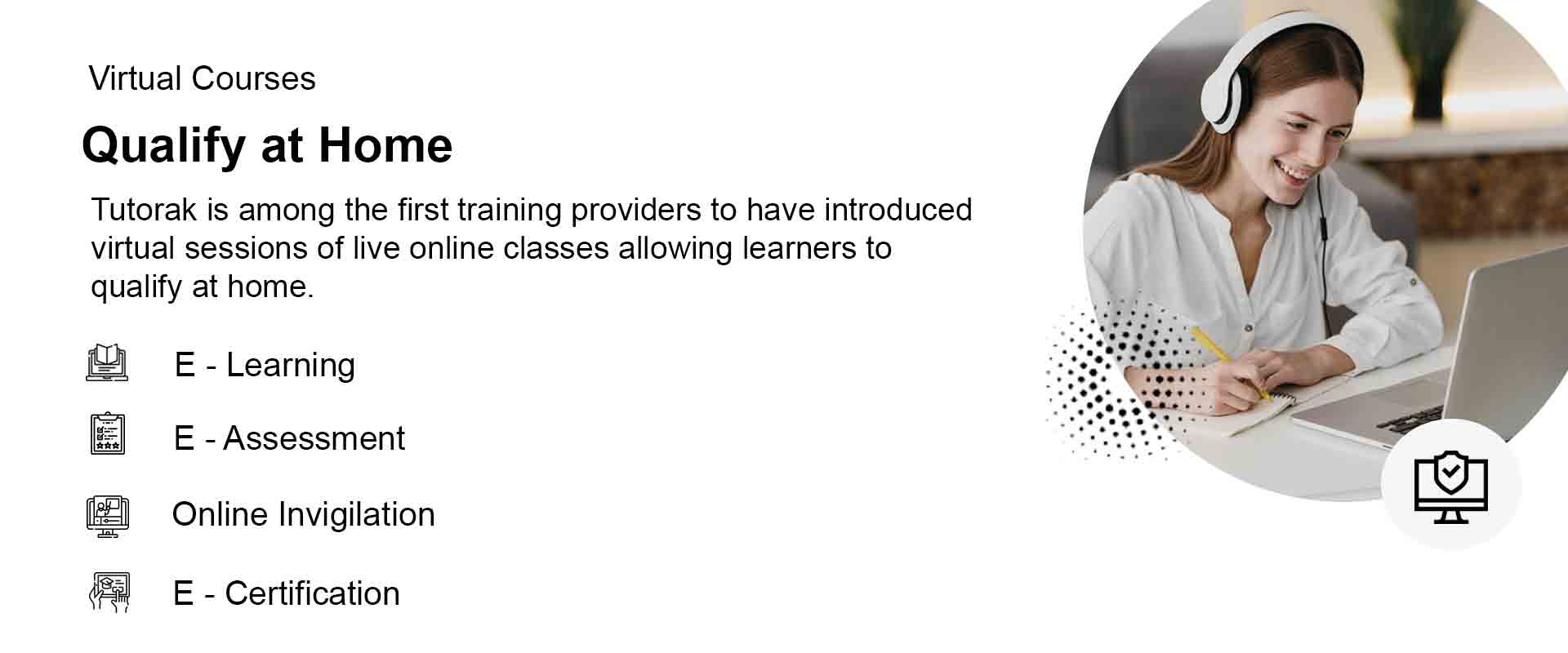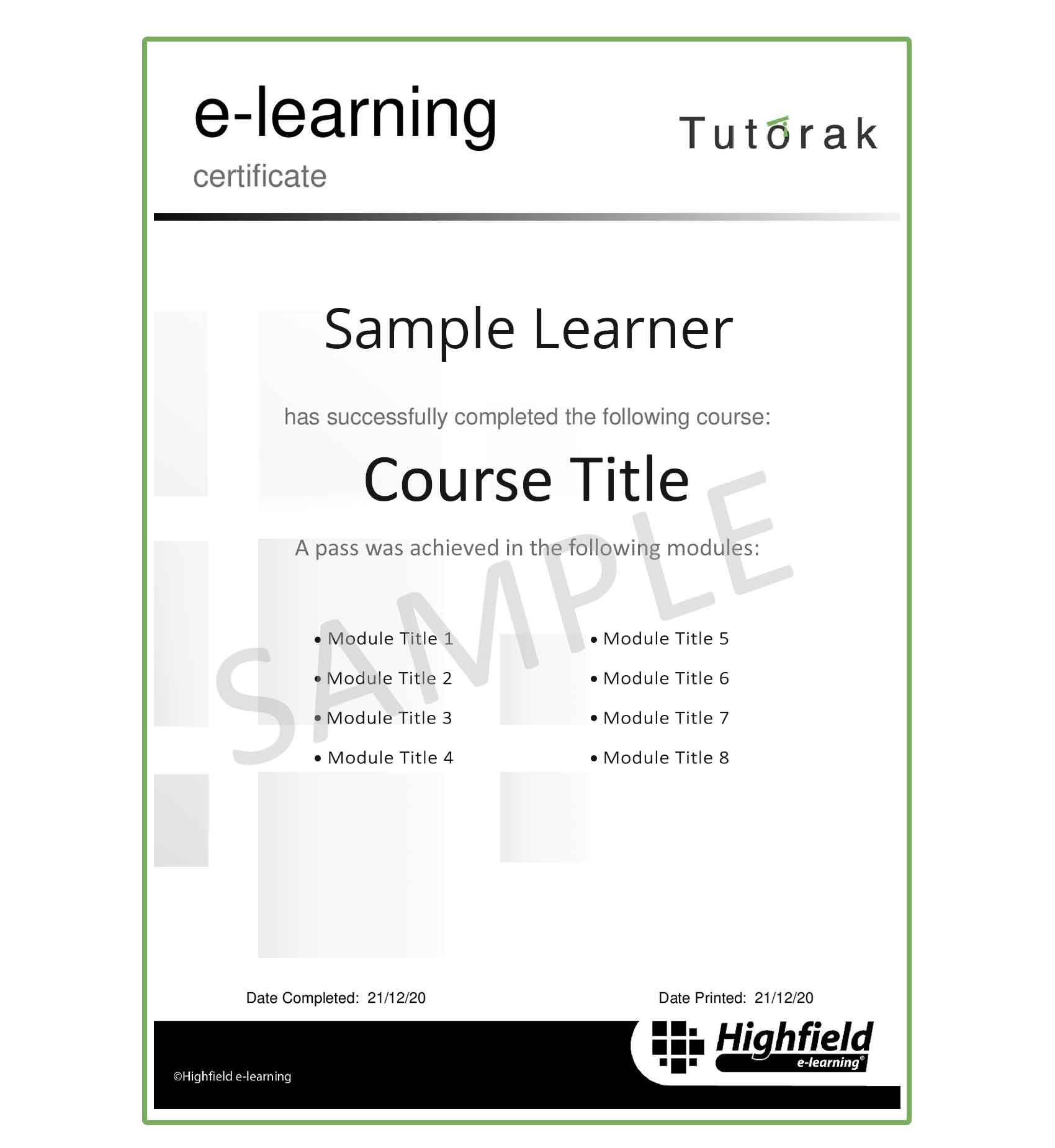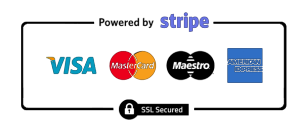AIMED AT
- Managers
- Team Leaders
- Supervisors
- Human resources
- Fresh graduates searching for a job
- Old and new employees
SKILLS YOU WILL GAIN
- Public speaking
- Emotional control
- Conflict management
- Active listening
- Non-verbal communication
- Interpersonal communication
About this Course
This Communication course will teach you about the different types of communication and strategies that can be used to communicate with customers, colleagues, and senior-level stakeholders effectively. It will help you understand the importance of good communication in the workplace, identify and overcome barriers, and learn the potential consequences of ineffective communication.
Communication is the foundation of any business. Good communication can resolve conflict between colleagues and improve team work. It also helps to create better relationships with customers. Businesses will always benefit from employees who can communicate well with the clients or customers, as well as within the organisation.
This course is ideal for all levels of employees within a business and can be offered as part of the induction process for new employees.
Did you know: People remember 10% of what they read, 20% of what they hear, 30% of what they see, 50% of what they see and hear, 80% of what they say and 90% of what they say and do.
-
A cornerstone of any successful organisation is to ensure your team can communicate effectively with internal and external stakeholders
-
Suitable for all employees & managers
-
Perfect as part of an employee induction plan
Areas Covered
-
What is Communication?
Learn what is meant by the term ‘communication’, the requirements of effective communication and the reasons why sometimes communication isn’t effective.
-
Communication Context
Learn different contexts for communication and the suitable method of communication for each of these contexts.
-
Communicating Using Words
Learn about communication using spoken and written words.
-
Tone of Voice
Learn how your tone of voice can affect a person’s interpretation of what you are saying and therefore the message that is received.
-
Question Styles
Learn how the style of question that you choose can make a big difference to the information that you get back.
-
Non-Verbal Communication
Learn the importance and types of non-verbal communication.
-
Body Language
Learn what a person’s body language is saying as it can give you clues about how they are feeling and what they are thinking.
-
Barriers to Communication
Learn the factors that are barriers to effective communication, including language, environmental factors, physical impairment, cultural differences and the emotional state.
-
Inclusive Communication
Learn how communicating in ways that everybody can understand helps to prevent exclusion and discrimination against people with communication support needs.
-
Active Listening
Learn about active listening techniques to confirm that messages are being effectively transferred.
-
NATO Phonetic Alphabet
Learn the NATO phonetic alphabet and how it can help to remove any confusion over spellings when dealing with barriers such as a poor line or signal, or simply to clarify the spellings of important details.
-
Challenging Situations
Explore the types of characteristics that may make it challenging to deal with another person and the ways to adapt your approach.
-
Effective Communication in the Workplace
Learn how to effectively communicate face-to-face, in writing and over the telephone.
-
Ineffective Communication
Learn about the negative impact of ineffective communication in the workplace.












